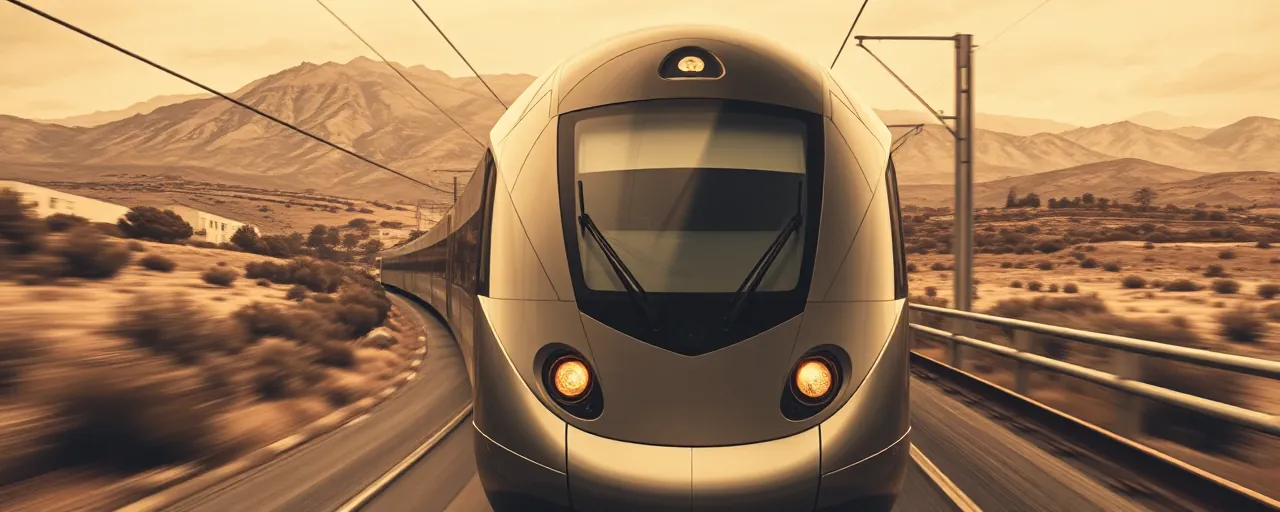A Shiny Train and a Hefty Price Tag
Ridership on Caltrain, California’s newly electrified rail line, is up over 40% since its September 2024 launch. Governor Gavin Newsom can’t stop crowing about it, touting the surge as proof his sustainable transit vision is a roaring success. Half a million more passengers hopped aboard in December alone, and the numbers kept climbing into early 2025. Sounds impressive, right? Sure, until you peel back the curtain and see what’s really driving this train: your tax dollars, not some miraculous green revolution.
Let’s get real. This isn’t a grassroots victory for public transit. It’s a $2.4 billion experiment, bankrolled by a sprawling web of state, local, and federal funds, with Sacramento footing nearly two-thirds of the bill. Newsom’s team wants you to believe this is California leading the charge toward a cleaner future. But for every rider zipping along the San Francisco Peninsula, there’s a taxpayer somewhere else picking up the tab. And that’s before we even talk about the grander fantasy of tying this into a high-speed rail system that’s been plagued by delays and cost overruns for years.
The Numbers Don’t Add Up
Caltrain’s backers brag about lower fuel costs and energy efficiency, claiming the electric fleet is sending 23% more power back to the grid than expected. Transportation Secretary Toks Omishakin calls it a blueprint for a modern, all-electric network. But hold on. That $2.4 billion price tag isn’t chump change, and the savings from fuel and electricity aren’t exactly paying it off anytime soon. Studies peg the long-term savings of electric rail at billions over decades, like the $94 billion projected for freight rail electrification nationwide. Yet those are rosy forecasts, not guarantees, and they don’t account for the upfront hit to wallets already stretched thin.
Meanwhile, Newsom’s crew conveniently sidesteps the reality of who’s funding this. The High-Speed Rail Authority kicked in $714 million, and the Transit and Intercity Rail Capital Program coughed up another $387 million. That’s over a billion dollars of public money funneled into a single corridor, while roads crumble and rural communities scramble for basic infrastructure. Advocates for state-led transit projects argue it’s an investment in jobs and emissions cuts. Fair enough, but when the average commuter’s still stuck in traffic elsewhere, it’s hard to swallow this as a win for everyone.
High-Speed Hype Meets Hard Truths
Here’s where it gets wild. Newsom’s tying Caltrain’s electrification to his high-speed rail pipedream, a project that’s been limping along since voters greenlit it in 2008. The goal? Link the Bay Area to the Central Valley and Southern California with trains hitting 220 mph. Ian Choudri, CEO of the High-Speed Rail Authority, boasts their $714 million stake in Caltrain is laying the groundwork. But let’s not kid ourselves. That broader rail plan’s a fiscal black hole, with costs ballooning past $100 billion and no finish line in sight. Japan’s Shinkansen and France’s TGV worked because they had discipline and focus, not endless political grandstanding.
Contrast that with Brightline West, the privately funded high-speed rail set to connect Las Vegas and Southern California by 2028. It’s leaner, smarter, and doesn’t lean on taxpayers to survive. Caltrain’s integration might sound noble, but it’s a stepping stone to a bloated state-run behemoth that’s more about Newsom’s legacy than practical mobility. Supporters insist it’s about connecting underserved areas. Tell that to the Central Valley farmers watching their tax dollars fuel a train they’ll never ride.
Who’s Really Winning Here?
Sure, Caltrain’s cutting travel times and emissions along the Peninsula. Nobody’s denying cleaner air’s a plus. But the real winners aren’t the commuters; it’s the bureaucrats and eco-warriors patting themselves on the back. Washington State’s Puget Sound Regional Council has shown how partnerships can modernize transit without breaking the bank, focusing on safety and local needs. California’s approach? Throw money at it and hope the optics stick. The Bipartisan Infrastructure Law of 2021 proves targeted federal investment can work, but Newsom’s ‘Build More, Faster’ mantra feels more like a slogan than a strategy.
And let’s talk jobs. Electrification creates them, no question, from construction to maintenance. Yet the economic boost is concentrated in urban hubs, leaving rural Californians out in the cold. Opponents of this spending spree get dismissed as anti-progress, but their gripe’s legit: why sink billions into a niche rail line when broader priorities like highways and bridges are begging for attention? The ridership bump’s real, but it’s a drop in the bucket compared to the state’s gridlocked reality.
Time to Hit the Brakes
Caltrain’s electric rollout is a shiny toy, no doubt. Faster trips, quieter rides, and a nod to cleaner skies, all wrapped in a neat bow. But the cost-benefit equation’s lopsided, and taxpayers deserve better than footing the bill for Newsom’s green crusade. Private ventures like Brightline show there’s a smarter way to innovate without draining public coffers. California’s got bigger fish to fry than pouring billions into a rail network that serves a fraction of its people.
This isn’t about rejecting progress; it’s about demanding accountability. Newsom’s vision might dazzle at ribbon cuttings, but it’s the long haul that counts. Until the numbers prove this isn’t just a vanity project, skepticism’s warranted. Let’s prioritize infrastructure that lifts everyone, not just the Bay Area elite zipping past traffic in their electric utopia.
